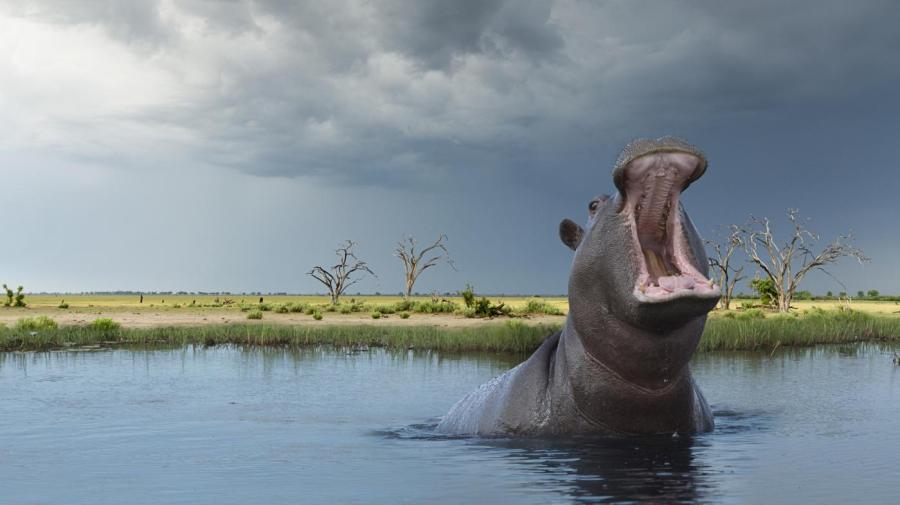What Is the Importance of Animals to the Environment?

Animals help maintain the Earth’s natural environments by predating upon plants and other animals, pollinating various plants, and exhaling carbon dioxide, which green plants require to live. Additionally, animals help to fertilize plants via their droppings, which provide nutrition for plants, and seed-dispersal tendencies, which help plants to disperse through habitats. Once they die, animals also serve as food for microorganisms and supplemental minerals for plants.
All terrestrial organisms are interconnected; the plants affect the animals, and vice versa. Terrestrial ecosystems derive their initial energy from the sun. Plants capture the energy in sunlight and convert it to chemical energy by the process of photosynthesis. Accordingly, ecologists call plants “producers.” During photosynthesis, plants also produce oxygen that the planet’s animals need to survive.
Herbivores, which ecologists call “consumers,” benefit from the oxygen produced by the plants as well as the food they represent. These primary consumers control the population of many plant species and help disperse the seeds or help to pollinate the various plants. Predators, which ecologists call “secondary consumers,” eat these animals. These predators help control the predation pressure on the plants by limiting the number of primary consumers. Once the consumers die, and the species that ecologists call “decomposers” begin breaking down the animals, nutrients are released into the soil that plants use for growth.





